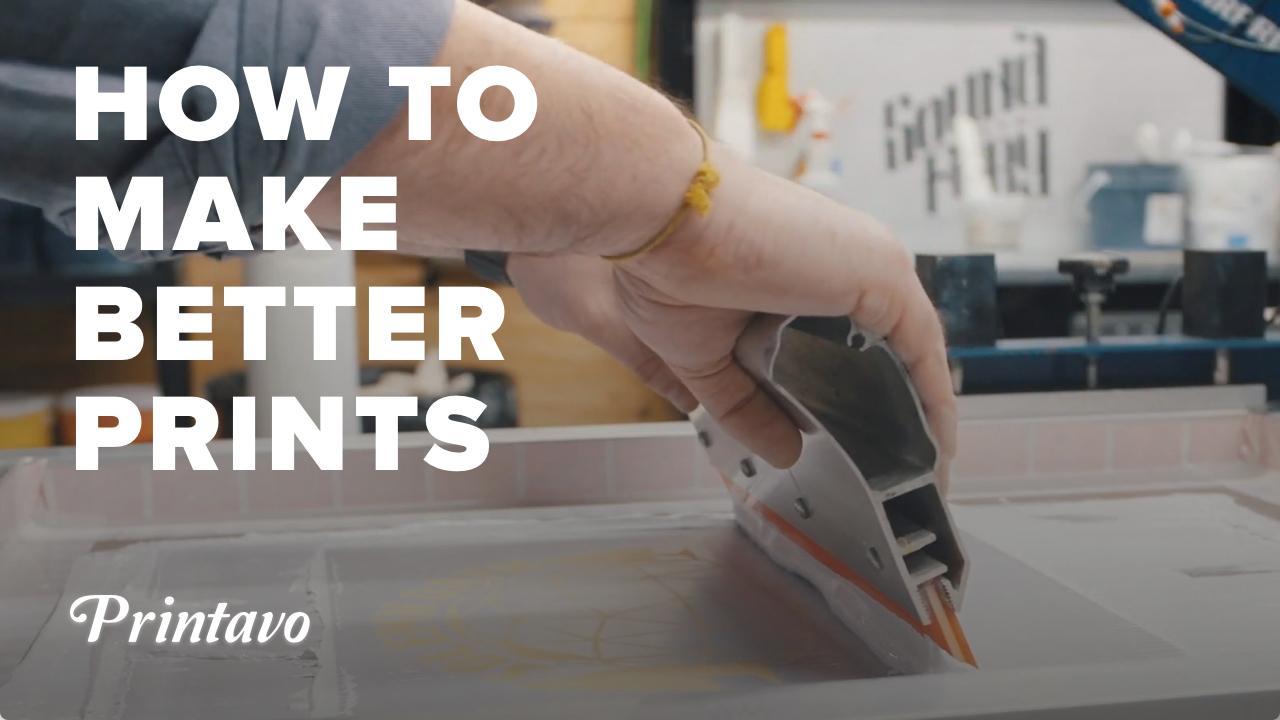Facts About Tx Tees Revealed
Facts About Tx Tees Revealed
Blog Article
Our Tx Tees Statements
Table of ContentsAll about Tx TeesThe 8-Minute Rule for Tx TeesSome Known Details About Tx Tees See This Report about Tx TeesThe Definitive Guide to Tx TeesThe 8-Minute Rule for Tx TeesHow Tx Tees can Save You Time, Stress, and Money.
That brings your overall to around $1,900 gross and shipping. Add up other costs, like the variety of utilities it takes to run the shop and the expense of ink and emulsion per layout. custom t-shirt design. Take the print listed below for instance. This is a one-color picture, so the expense of ink per tee shirt is roughly 20 cents.The solution should only be a couple of cents since you 'd only need to layer one screen for this task. Usually, printers try to make up to 45% profit on a print task.

With DTF, you can print a handful of t shirts, or just one. Use the very same calculator as the section over to determine just how much revenue you 'd use DTF transfers. Contrast the expenses and earnings to whichever method speaks finest to your configuration and process. Both screen printing and DTF have their particular niches worldwide.
More About Tx Tees
The ideal way to know? Ask around and see what printing shop like yours are doing. screen printer. Try both out and see which you like far better
When you're selecting what kind of printing technique to make use of for printing your artwork layouts on your garments, it is essential that you know the differences in between these 2 strategies so you can maximize results while decreasing costs. Display printing is the most generally used technique for publishing designs on fabrics.
DTG printing is also understood as place or direct to garment printing due to the fact that it publishes just what is needed as opposed to making a display as screen printers do. https://tx-tees.jimdosite.com/. Display printing functions by screen filler squeegee screen printing ink display mesh display, after that transferring the image to garment utilizing heat and/or pressure
The DTG printer makes use of special dye-sublimation inks that are used right into a pre-designed photo by a digital printing system. The inks enter into the fabric, allowing for vibrant colors and outstanding detail. It's likewise called area or direct to garment printing since it prints just what is needed rather than making a display as display printers do.
The 7-Minute Rule for Tx Tees
Initially, it's much quicker - you can publish a fullcolor picture in minutes, instead of hours for screen printing. Second, there's no established up time or costs involved - you can publish any style you like, without needing to create a display first. Third, there's no waste - due to the fact that screen printers display print one design at a time, they need to screen each color independently.
The paper is really costly and can only be made use of as soon as. Once it's published on, it needs to be discarded. - The preliminary purchase cost is less than the in advance investment of DTG printers- You can print multi-color styles one screen at once rather than having to publish each color independently like DTG printing.

A Biased View of Tx Tees
Nonetheless, rather than making use of display mesh as screen printers do, dye sublimation printers use laser innovation to move your photos onto garments or paper. A warmth process moves the dye from its solid-state straight right into the gas phase which subsequently fuses it onto material substratums when they are rapidly heated to heats under high stress.
Sublimation printing is environment-friendly. It makes use of much less water than screenprinting, and because it doesn't involve using dangerous solvents, it's secure for all kinds of apparel. The color sublimation inks are additionally unsmelling when healed, unlike display YOURURL.com printers that use harmful chemicals throughout the display printing process that leave behind an undesirable odor.
They also save cash on costly equipment like exposure systems because dye sublimation printers do not need a UV exposure unit or a flash remedy stove that is typically used in screen printing (custom screen printing). What is direct to garment printing (DTG Printing)? DTG printing is an electronic screenprinting process that publishes directly onto textile making use of specialized inkjet printers
All about Tx Tees
DTG printing offers several advantages over standard screenprinting, consisting of the capacity to print photo top quality images, better shade vibrancy, and the capability to print designs on darker materials. DTG printers function by warming the fabric ink up until it transforms into a gas. The gas then permeates the material, bonding with the fibers to produce a long-term print.

Display printers merely prepare their screen after that begin printing until they lack item or ink.- There is a variety of experienced screen printers around the world, which can be valuable for novices. - It's a slower process - screen printers frequently need to await the ink to dry before they can publish the next color- Display printers need manual work, so there's a greater learning curve and it takes longer to create a top notch style- Screen printing isn't as exact as DTG printing, so you may obtain some "blood loss" of shades from one part of the photo onto one more if not done correctly.
What Does Tx Tees Mean?
Instead of making use of screen mesh as screen printers do, dye sublimation printers use laser innovation to move your images onto garments or paper. A warmth procedure moves the dye from its solid-state directly right into the gas stage which subsequently fuses it onto fabric substratums when they are rapidly heated up to high temperatures under high stress.
Sublimation printing is green. It makes use of much less water than screenprinting, and because it doesn't involve making use of damaging solvents, it's safe for all sorts of apparel. The dye sublimation inks are also odor free when healed, unlike display printers that utilize hazardous chemicals throughout the screen printing procedure that leave behind an unpleasant smell.
They also conserve money on pricey equipment like exposure devices given that color sublimation printers do not require a UV direct exposure device or a flash cure oven that is typically utilized in display printing. What is straight to garment printing (DTG Printing)? DTG printing is an electronic screenprinting process that prints straight onto textile making use of specialized inkjet printers.
Things about Tx Tees
DTG printing offers many advantages over standard screenprinting, including the capability to print photographic quality photos, higher color vibrancy, and the capacity to publish styles on darker fabrics. DTG printers work by heating up the fabric ink until it transforms right into a gas. The gas then permeates the textile, bonding with the fibers to produce an irreversible print.
Report this page